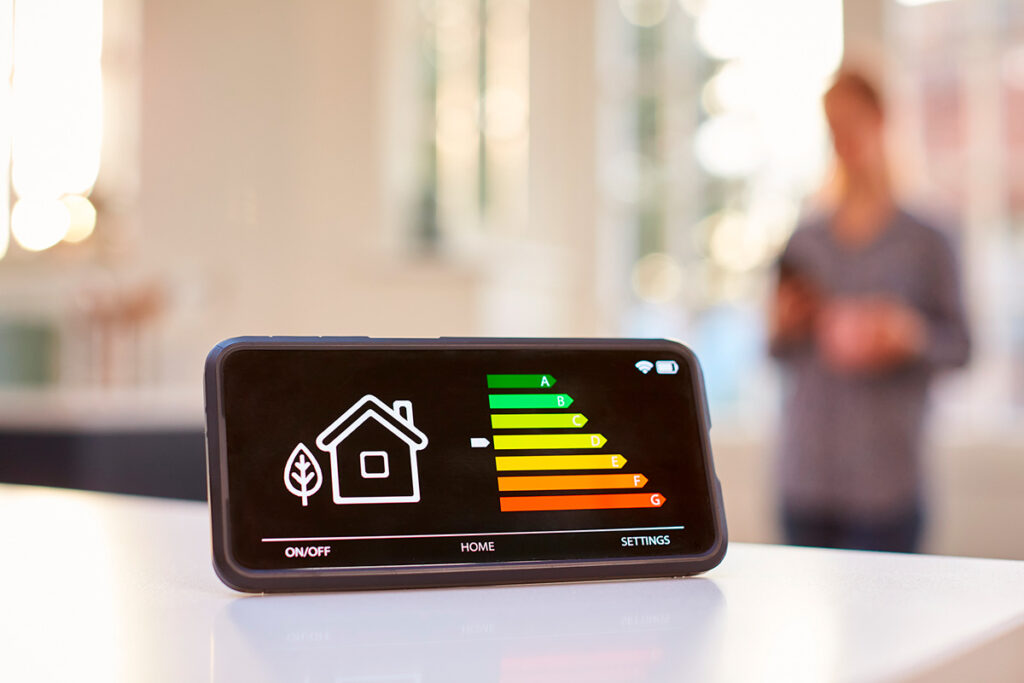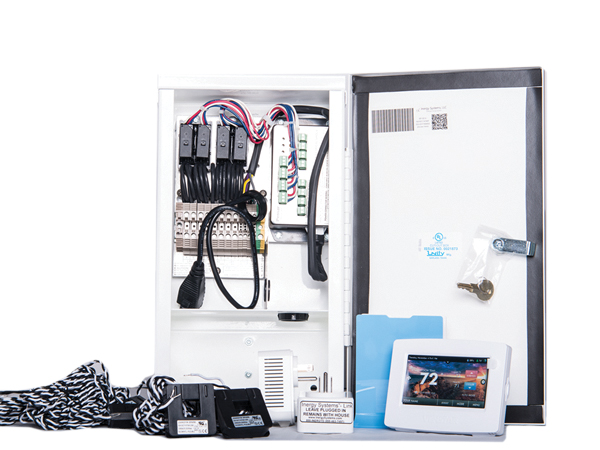As the global energy landscape undergoes rapid transformation, electric demand control is emerging as a crucial strategy to ensure stability, efficiency, and sustainability in electricity systems. By effectively managing and adjusting energy consumption patterns, demand control optimizes grid performance, decreases costs, and reduces environmental footprints.
Electric demand control is often referred to as demand response, for electric utility-driven actions, and load control for homeowner-driven actions. Both involve mechanisms that modify consumer power.
Strategies have been developed to facilitate electric demand control
1.Time-Based Rates and Pricing
Both SRP and APS have variable pricing models that charge consumers differently based on the time of day. By setting higher prices during peak demand hours and lower prices during off-peak times, consumers are incentivized to shift their energy-intensive activities accordingly. This includes Time-of-Use (TOU) and Time-of-Use with Demand Charge (TOU-D).
2. Direct Load Management Rates
Here the homeowner has to manage their On-Peak Demand with a system that defers energy for specific devices in their home —like air conditioners, water heaters, or electric dryers. These systems may have been installed as part of their solar system, or maybe just a demand management system (without solar) that maximizes the savings that a Demand (TOU-D) electric rate provides.
3. Incentive-Based Programs
Consumers are offered financial incentives to reduce their consumption during critical periods. For instance, a utility might offer rebates to businesses that agree to cut down their operations during peak hours. The two major utilities in the Valley, SRP and APS,both offer residential rates based on Time-of-Use with Demand Charge. These rates offer significantly reduced usage charges where the per kWh rates are 60 to 70 percent lower than the Time-of-Use rates. These rates are available to all homeowners but are only truly effective when combined with demand management technology to control the larger loads, such as HVAC, water heater, dryer, etc.

BENEFITS OF ELECTRIC DEMAND CONTROL
- Grid Reliability: By alleviating stress during peak periods, demand control reduces the risk of blackouts and ensures a consistent power supply.
- Economic Efficiency: Reducing peak demand diminishes the need for costly infrastructure investments, like building new power plants or transmission lines. Consumers also benefit from potential cost savings, especially if they can adjust their consumption based on variable pricing.
- Environmental Benefits: By reducing the reliance on on-peak plants, which often burn fossil fuels, demand control contributes to lower greenhouse gas emissions and decreased pollution.
- Integration of Renewables: Renewable sources, such as solar and wind, can be unpredictable. Demand control can complement these sources by adjusting consumption based on their production, making it easier to integrate them into the grid.
THE PATH FORWARD
The effectiveness of electric demand control hinges on the adoption of advanced technologies, smart grid infrastructure, and effective communication channels between utilities and consumers. As the global push for sustainability intensifies, and as decentralized renewable energy sources become more prevalent, the role of demand control will only grow in significance.
Harnessing the potential of electric demand control requires a collaborative approach involving policymakers, utility companies, tech developers, and consumers. By fostering an environment of innovation and incentivizing best practices, the future of energy consumption can be shaped to be more sustainable, resilient, and efficient.
Inergy Systems, based in Scottsdale, has worked closely with both SRP and APS and are considered the leader in demand control technology in the Valley. Tens of thousands of homes are already realizing significant energy savings with our technology installed. Contact us at (480) 426-8321 to learn more.


